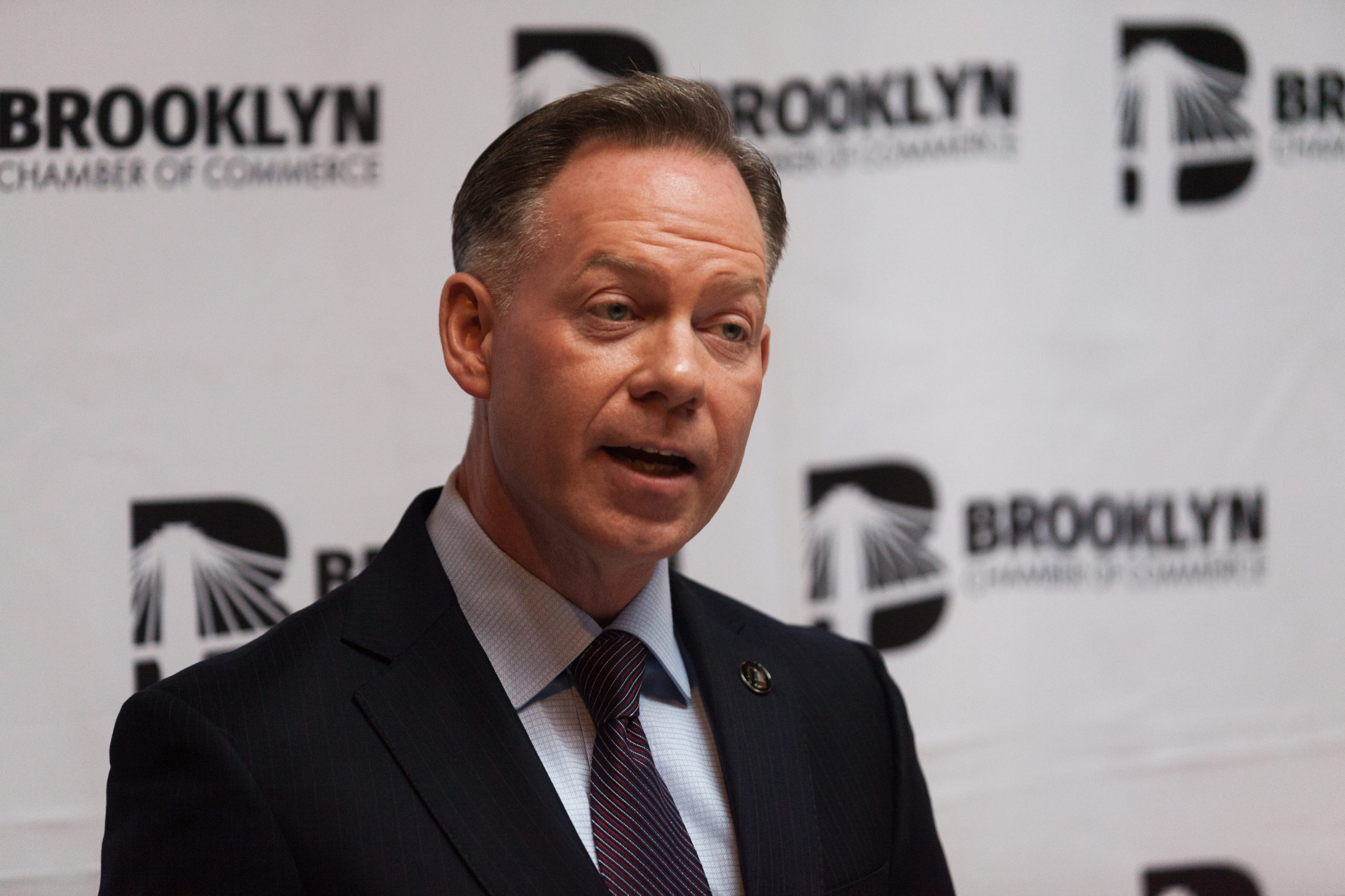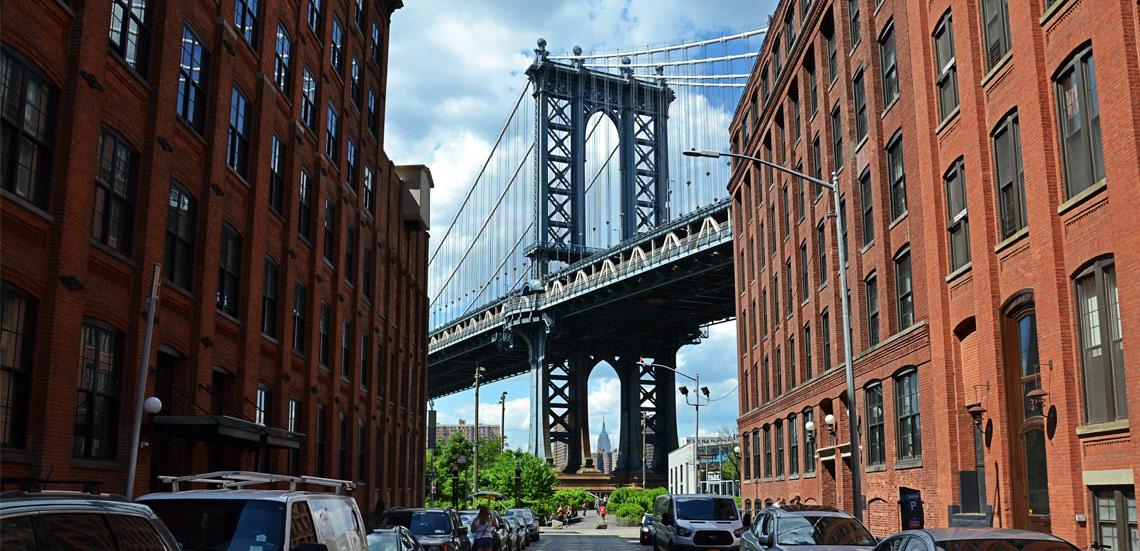Peers of Brooklyn Chamber: Mayor Adams’ anti-gun violence program takes right approach

The Brooklyn Chamber of Commerce — like several dozen New York-area business groups, social service nonprofits, labor unions, corporations, churches and others — has endorsed the goals of Mayor Eric Adams’ “Blueprint to End Gun Violence,”
“Any type of economic recovery could be undermined by a spike in violent crime, which then creates the perception that the city is unsafe,” said Randy Peers, president and CEO of the Brooklyn Chamber.
Mayor Adams, a former high-ranking police officer, emphasized that his plan includes both law enforcement and prevention.

Brooklyn Boro
View MoreNew York City’s most populous borough, Brooklyn, is home to nearly 2.6 million residents. If Brooklyn were an independent city it would be the fourth largest city in the United States. While Brooklyn has become the epitome of ‘cool and hip’ in recent years, for those that were born here, raised families here and improved communities over the years, Brooklyn has never been ‘uncool’.